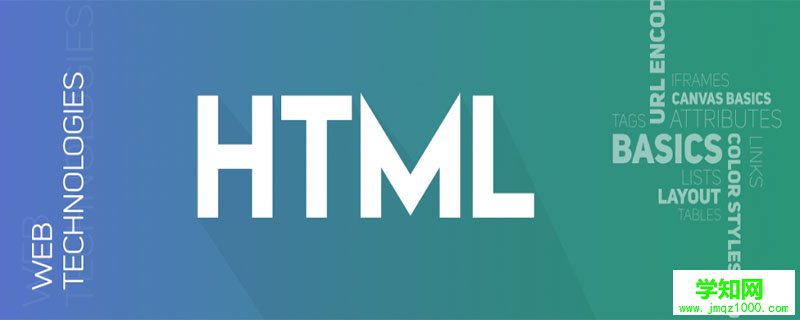
在网上看了有如下的解决方案: ( 推荐学习:html教程 )
方案一:将html文件转为js文件,然后在页面加载的时候将其加载进来执行渲染
方案二:使用iframe标签进行引用
方案三:使用gulp插件gulp-html-import
本人推荐使用第三种方案,使用起来也很方便,下面介绍使用步骤:
1、npm install gulp -D
2、npm install gulp-html-import -D
3、目录结构:
| -- html-import | | | -- components | | | | | -- header.html | | | | | -- footer.html | | | -- index.html | -- gulpfile.js
4、gulpfile.js
var gulp = require('gulp'); var htmlImport = require('gulp-html-import'); gulp.task('import', function () { gulp.src('./*.html') .pipe(htmlImport('./components/')) .pipe(gulp.dest('dist')); })5、index.html
<!DOCTYPE html><html><head> <meta charset="UTF-8"> <title>Gulp-html-import Example</title></head><body> @import "header.html" <p>Hello World</p> @import "footer.html"</body></html># 使用标签@import "XXX.html"引入公共页面
6、header.html
<!-- header.html --><h1>I am the header</h1>
8、gulp import 运行gulp将页面进行合并最终会生成dist目录
9、/dist/index.html
<!-- /dist/index.html --><!DOCTYPE html><html><head> <meta charset="UTF-8"> <title>Gulp-html-import Example</title></head><body> <h1>I am the header</h1> <p>Hello World</p> <h1>I am the footer</h1></body></html>
以上就是在HTML页面中引入外部HTML文件的解决方案的详细内容,更多请关注 其它相关文章!
郑重声明:本文版权归原作者所有,转载文章仅为传播更多信息之目的,如作者信息标记有误,请第一时间联系我们修改或删除,多谢。
新闻热点
疑难解答